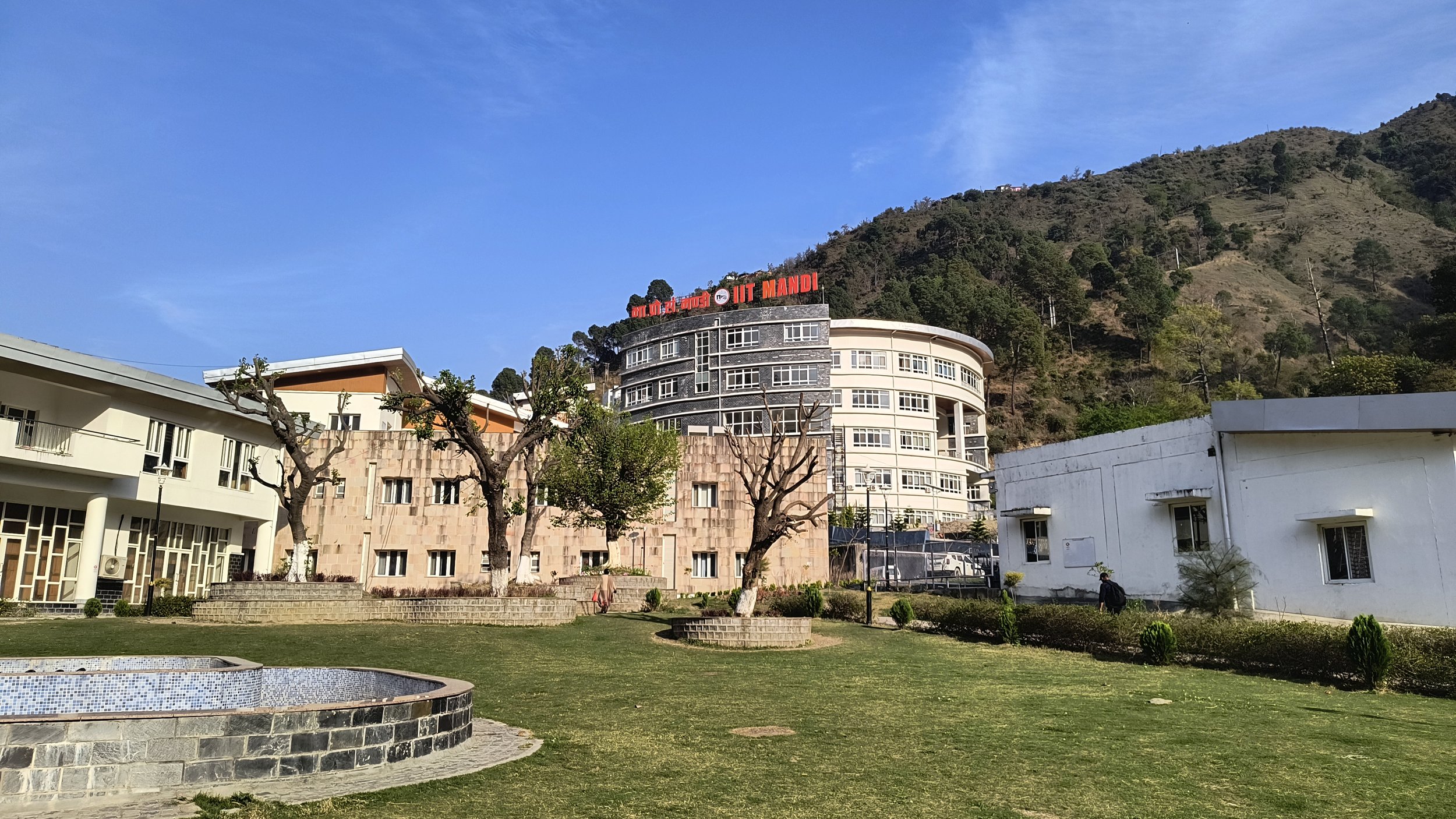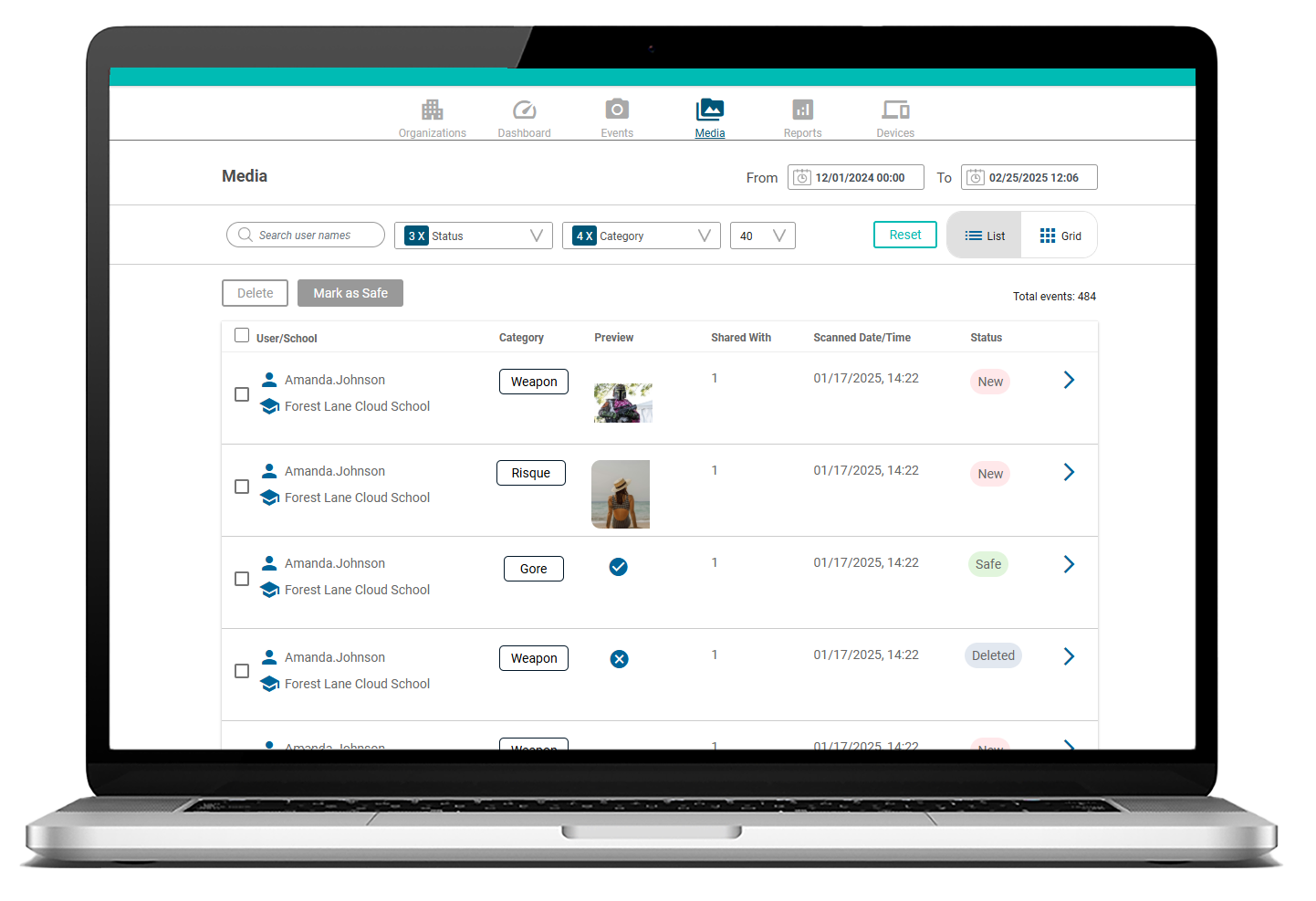Project Canary and Colorado School of Mines team up to advance methane emissions quantification
Project Canary has partnered with the Colorado School of Mines to conduct a pioneering evaluation of methane emissions quantification models on natural gas production sites.
The collaboration between Project Canary, a company specialising in enterprise emissions data management, and Colorado School of Mines (Mines) focuses on evaluating models for methane emission flux rate estimation. The project will use data from controlled releases to compare the performance of Project Canary’s proprietary algorithms with Mines’ open-source modular framework.
The study will incorporate two sets of single-blind controlled release data. One set will be collected at the Methane Emissions Technology Evaluation Center (METEC) at Colorado State University as part of the 2024 Advancing Development of Emissions Detection campaign. The other set will involve complex controlled release testing to simulate both operational emissions and leaks.
Dr. Dorit Hammerling, Associate Professor at Mines, highlighted the academic significance of the project:
“As an academic institution, our goal is to advance science and in my research group, we are particularly focused on developing and contributing to solutions to the critical issue of climate change. We are excited to provide open-source analytical frameworks for methane emission quantification that can serve as benchmarks for the innovative solutions coming from the private sector.
“Projects like this in-depth performance evaluation are critical to pinpoint aspects that need improvement and an important step towards credible and accurate analytical frameworks for methane emission quantification.”
Project Canary’s emissions detection, localisation, and quantification algorithms were developed after over a year of controlled release testing and collaboration with more than 500 operators in the oil and gas sector.
In parallel, Dr. Dorit Hammerling and her team at Mines have created an open-source framework that uses continuous monitoring systems to detect and quantify methane emissions.
The primary goal of this study is to evaluate the effectiveness of both models in quantifying total site-level emissions. By comparing the results from the controlled release tests, the researchers aim to improve the accuracy and reliability of emissions data. The findings will contribute to the development of tools that can help reduce greenhouse gas emissions in both the public and private sectors.
Will Foiles, Co-Founder and Chief Product Officer of Project Canary, emphasised the practical implications:
“This collaboration will help prove out the extent of what’s possible related to quantifying total site-level emissions using continuous monitoring point sensors, thereby paving the way for a more comprehensive understanding of methane emissions at operational oil and gas production sites across the United States and beyond.
“We value the peer-review process as a key step in building transparency and credible emissions quantification.”
After the study is completed, the partners intend to publish a peer-reviewed journal paper detailing the frameworks of the two models, the results of the comparative study, and insights into each approach's capabilities and challenges.





















